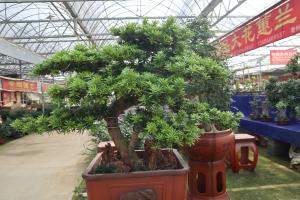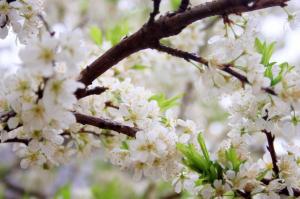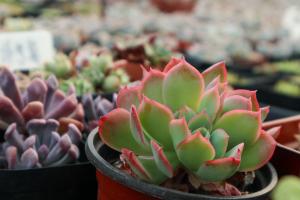1、 Curing method
1. Matrix: jinyuju is suitable for growing in soft and fertile soil with drainage capacity. It is better to contain high humus. Sandy soil will be more conducive to the growth of jinyuju
2. Light: it likes a warm semi shade environment. Its growth period is in spring and autumn. It likes places with bright light. Direct sunlight is prohibited, otherwise the leaves will be burned if the light is too strong
3. Temperature: the most suitable temperature is 3 ℃ - 15 ℃, and can even endure short-term low temperature of 0 ℃. The temperature should not be too high. In summer, when the temperature exceeds 25 ℃, the plant is not conducive to its growth
4. Moisture: Jin Yuju likes a dry environment, can endure drought and is afraid of ponding. Watering in the growing season should be done when it is dry and thoroughly watered. The amount and frequency of watering must be controlled in summer, which is conducive to plant growth
2、 Breeding skills
1. Cutting: the length of cuttings used in cutting is not strict, but there should be 3-5 knots. Cut off the lower leaves and insert them in sand or vermiculite. Keep moist and avoid ponding, which is easy to take root, sprout and survive
2. Winter: in winter, the minimum indoor temperature is about 10 ℃, so it can be watered normally. If you can't reach the appropriate temperature of jinyuju, you should water less and let it go into dormancy, which is conducive to winter
3、 Problem diagnosis and treatment
1. Rotten roots: he likes dry and dry environment. Don't water too much, otherwise he will rotten roots. If you show the symptoms of rotten roots, you need to understand turning pots and pruning roots
2. Burn leaves: because plants like a warm semi shade environment, they should be placed in a place with bright light. They must avoid the direct sunlight of high temperature, otherwise they will burn leaves, which is not conducive to the growth and development of plants
4、 Other issues
1. Whether it can be raised at home: it can be raised at home. It needs a dry environment and arid environment. It can't pour too much water in winter. It will enter a dormant state for winter
2. Whether it is poisonous: if there is no poison, it can be made into potted plants and placed at home, or planted in the garden. The biggest function is for people to watch

 jackfruit
jackfruit snake plant
snake plant hibiscus
hibiscus hydrangea
hydrangea lavender
lavender Green roses climb al...
Green roses climb al... If you don't pay att...
If you don't pay att... Management of four g...
Management of four g...


































